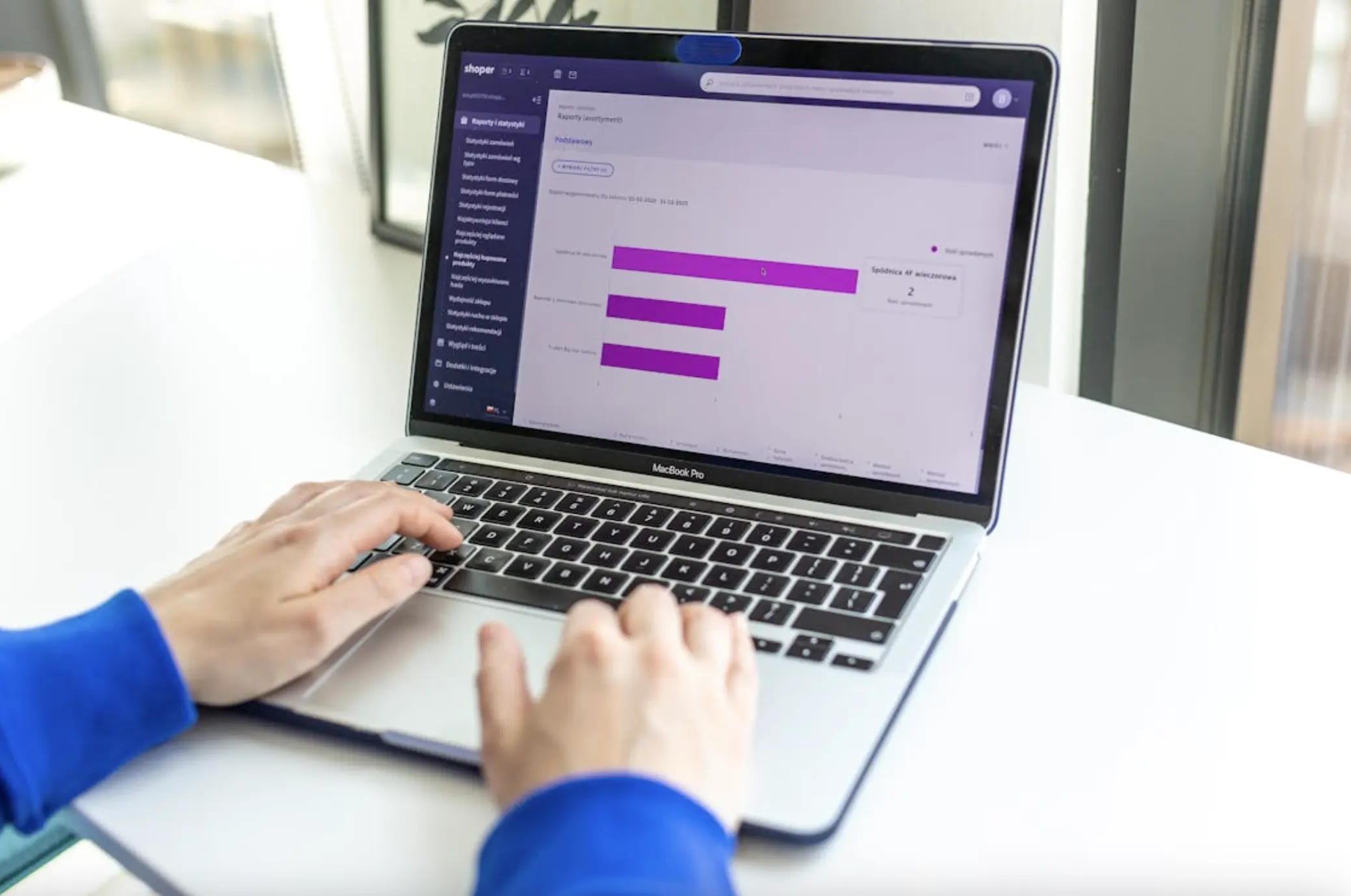Handling complex legal claims means meeting clients where they are confused, hurt, or overwhelmed. Many law firm websites fail to address the real emotional weight behind these visits. How can a law firm website clearly explain complicated cases like toxic exposure or lifelong injuries? What design elements help visitors feel understood instead of frustrated or lost?
 Clients facing harm from dangerous products or long-term chemical exposure need more than just legal jargon. A confusing design or cold tone can drive them away quickly. They need clarity, comfort, and answers in just a few clicks. Good design builds trust while bad design increases doubt and frustration. Everything from layout to word choice impacts their decision to reach out.
Clients facing harm from dangerous products or long-term chemical exposure need more than just legal jargon. A confusing design or cold tone can drive them away quickly. They need clarity, comfort, and answers in just a few clicks. Good design builds trust while bad design increases doubt and frustration. Everything from layout to word choice impacts their decision to reach out.
This article will explore how thoughtful web design helps law firms support people facing life-altering harm.
Present Clear Navigation With Client-Centered Language
Navigation is the backbone of how clients experience your law firm’s website. Avoid dense menus packed with unfamiliar legal categories or technical terms. Group pages based on what clients are trying to solve or learn.
Use familiar, action-oriented language such as “Injured by a Product” or “Exposed to Chemicals.” Each label should reflect what the client might be thinking or feeling. Keep menus short, intuitive, and well-organized for easy use on all devices.
Business News Daily notes that you should keep your top-level navigation to five tabs with related pages grouped underneath them. Always include a visible link to the homepage for easy return navigation. This is because most users land on internal pages from search, not the homepage. Moreover, it is a good idea to place navigation at the top since people scan websites from top to bottom.
Add breadcrumbs and a prominent search bar to help people find answers. Include quick links to FAQs, legal guides, and case types. Clean navigation helps users stay focused and feel supported.
How does internal linking affect user confidence?
Internal linking shows clients the logical flow of related legal topics and builds narrative clarity. When one page smoothly connects to another, it signals expertise and care in presentation. This seamless guidance boosts confidence in the firm’s competence and website usability.
Use Visual Design to Set a Reassuring Tone
Visual design shapes trust within the first few seconds of visiting. Use soft color palettes that create a calm and balanced viewing experience. Select fonts that are readable and modern without appearing too casual.
Indeed states that business fonts affect how readers understand and respond to written content across platforms. Serif fonts such as Times New Roman or Georgia give the text a formal and traditional feel. Sans serif fonts like Arial and Roboto create a modern, clean appearance that’s ideal for digital use. Complementary font pairings like Helvetica with Century Schoolbook can improve both readability and design flow.
Choose photos that show real people rather than cold legal settings. Avoid aggressive banners or overwhelming pop-ups that distract or create stress. Incorporate white space and clean layouts to give content room to breathe.
Add icons and simple animations only if they improve understanding. Use design to show empathy and professionalism in equal measure. A thoughtful visual tone helps visitors feel understood and reassured.
Should law firm websites use video as part of website design?
Thoughtfully produced videos can humanize attorneys and explain services more clearly than text alone. Featuring lawyer introductions or brief client stories increases connection and trust through tone and expression. Video must be brief, captioned, and mobile-friendly to be effective and inclusive.
Build Trust With Transparent Case Content
Visitors facing serious harm want clear, honest, and current information. Many are dealing with product liability issues like talcum powder or faulty implants. These cases often involve confusing science, delayed symptoms, or years of exposure. A good website explains those complexities in simple, client-friendly terms.
Aqueous film-forming foam (AFFF) exposure lawsuits are a strong example of this kind of case. According to TorHoerman Law, AFFF was used for decades in airports, military bases, and fire stations. It helped fight fuel-based fires but included chemicals now linked to cancer. The manufacturers allegedly knew of the risks but failed to warn users.
Many exposed workers were unaware of the long-term health dangers. AFFF lawsuit settlement amounts have reached millions, reflecting the severity of the harm caused. This type of case needs content that explains what is known and unknown. Include information about who might qualify for lawsuits and symptoms of AFFF exposure.
Add collapsible content for detailed facts or court updates if needed. Transparency builds trust and makes users feel seen and supported. Clients are more likely to engage with content that respects their uncertainty. When your firm’s content is open, honest, and educational, it sets the tone for a professional relationship rooted in credibility and care.
Why should firms update case pages regularly?
Frequent updates show the firm is actively engaged and tracking ongoing case developments closely. Stale pages can suggest neglect, reducing confidence in legal readiness or attentiveness. Active content maintenance reinforces professionalism and reassures clients about the firm’s reliability.
Prioritize Fast-Loading Accessible Design
Fast websites keep visitors engaged and reduce bounce rates significantly. Compress images and streamline code to help pages load in under three seconds. Test mobile speed regularly because many clients browse from phones or tablets.
Search Engine Journal mentions that mobile devices generate 58% of global web traffic, making mobile users crucial. Ignoring mobile can cost you a huge portion of potential visitors. Since 2023, Google has prioritized mobile-first indexing for site crawling and ranking. Optimizing your mobile experience is now even more essential for effective search engine visibility and performance.
Accessibility features like alt text and readable fonts matter just as much. Use high-contrast colors and avoid flashing visuals or background noise. Make sure screen readers and keyboard navigation work across every page.
Break long text into short paragraphs with clear, descriptive subheadings. Provide transcripts for video content to serve more user types effectively. A fast, accessible site shows that your firm values every visitor’s experience.
How does loading speed affect emotional perception?
Slow pages create frustration, especially for users already stressed from injury or legal concerns. A fast-loading site creates immediate ease and allows focus on content instead of waiting. Performance speed subtly influences whether a user sees the firm as competent.
Guide Visitors to Action Without Pressure
Visitors may not be ready to call immediately or commit to filing. Create CTAs that are gentle and centered on the client’s next step. Use phrases like “Get Answers” or “Learn If You Qualify” for engagement. Position CTAs where they feel natural, not forced, on the page.
Forbes highlights that using contrasting colors for CTA buttons helps grab visitors’ attention quickly. For example, a red button on a white background stands out effectively. Animated CTAs can increase engagement, but should be used sparingly. Too much animation may distract and reduce user experience on your site.
Offer short forms that only ask for essential information upfront. Include trust badges, awards, or client reviews near contact points for assurance.
Give something in return, like a legal guide or symptom checklist. Avoid loud or repetitive pop-ups that add pressure or create fatigue. Clients feel more in control when calls to action are respectful.
How can downloadable resources on a legal website build long-term engagement?
Free checklists, guides, or timelines give immediate value and demonstrate deep legal knowledge. When visitors save helpful tools or contact experts like affordable web design Perth, they’re more likely to return when they need help later. Providing resources positions your firm as a valuable partner, not just a service.
Empathetic web design changes how law firms connect with product liability clients online. Clear, client-focused navigation helps visitors find the information they need easily. Soothing visuals create a welcoming and trustworthy atmosphere that reassures users.
Fast loading times and accessibility show respect for all visitors regardless of their abilities. Gentle calls to action guide users without overwhelming or pressuring them. Thoughtful digital strategies turn anxious visitors into confident clients ready to engage.



